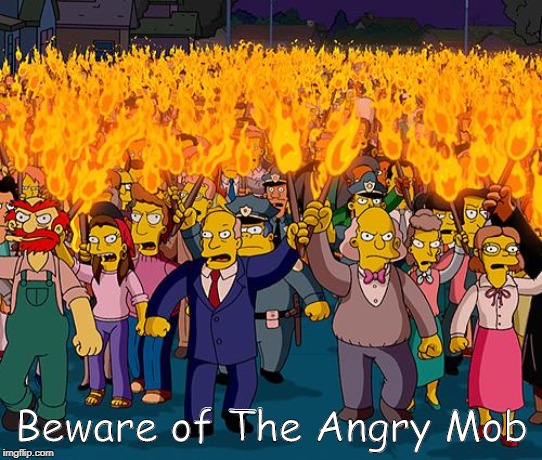Early in the design of Cartographia, we had a problem about players hoarding cards: it’s a bad strategy, but every now and then a player would try it and ruin the night for everyone else by limiting their access to specific cards, slowing the game economy, and opening their own options to such degree to cause monumental AP. All of that would turn a brisk 75 minute game into a 3 hours slog.

We tried pushing players to action, but sometimes, it was a first-time player who didn’t want to commit early, and would just let others do stuff to then copy: we had hit the limit of soft limits. We wanted to take the possibility of a player tanking the game for everyone else (either inadvertently or on purpose) completely out of the equation, and so we added a hard Hand size limit: you could never have more than 15 cards in hand. If you drew, you stopped drawing once you had those 15.
Of course, board games do not enforce the rules themselves, and so often, people would forget. “Hey, how can you have so many cards in hand?” cam up at least once a playtest. My co-designer wanted to dump the hand size limit, but I convinced him to try one last thing: an exception to the rule.
I can hear you: “but Amy, exceptions suck! They’re even HARDER to remember! Now I don’t have to remember one rule, I have to remember two, and the subtle nuances of when each of them take place!”

You’re right, they do suck! What I mean is “let one player break the rule”. The game has a tech tree, and so we diminished the hand limit to 10, and added a power in there that boosted it to 15. That changed a few things:
- It added a reminder during the teach: When I was teaching the game, I’d explain the hand size limit while explaining the draw phase, and then again for the techs. When others were teaching it and often forgot it during the draw phase, they’d remember it while teaching the tech: “increase your hand size” only makes sense if you have a hand size.
- It added a reminder during the game: Getting the 15-card tech was often an early move for less experienced players: it was an easy first level strategy. That means that throughout the first few rounds, they were thinking about their hand size. And it wasn’t too long before someone unlocked it, and then claimed “and now I can hold 15 cards!”… usually leading to everyone checking to make sure they had 10 or fewer!
- It adds an enforcer to the table: If I’m playing, it’s easy for me to police what others are doing: I know the game inside out, I know how much hoarding hurts it, and I know what I’m doing enough to be able to pay attention to what others are doing…. but I don’t come in the box! However, when one player has invested effort and time into being able to break that rule, you know they’ll make sure others don’t get that bonus for free. We hope they won’t be an asshole about it of course, and they’re not on the lookout, but they will spot it.
- It’s not related to breaking the rules per se, but to the point of increasing retention: The rule came up often and early: When you are taught a game, you have a lot of information in your brain, but you haven’t learned it yet: it’s when you actually start playing and experiencing it that those rules start to merge together into a system. If a rule doesn’t come up early, you risk having built that system in your head without it. With the lower hand size at the beginning of the game, someone hit that 10-card limit in the first three or four turns, while at 15, there were games where it never came up.
While I think cutting an oft-forgotten rule is better, sometimes it’s impossible: in these cases, I tend to use the ability to break them as a way to help enforce them.
I like your solution with how creating exception to the rule helps players remember it.
LikeLiked by 1 person